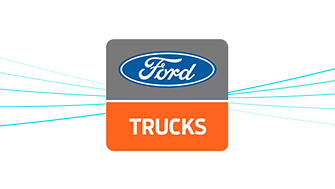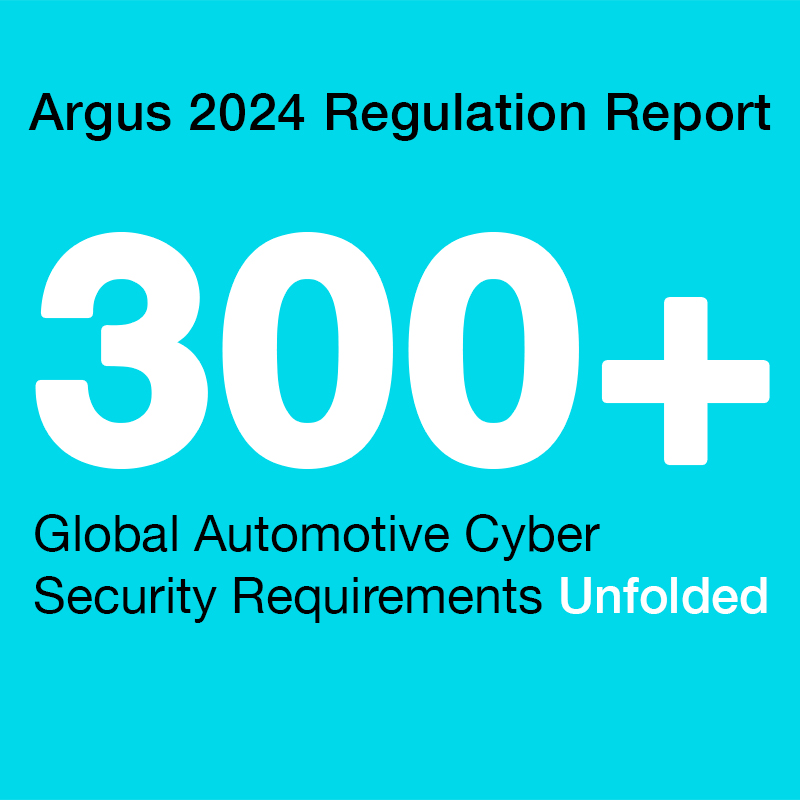
eSIM GSMA: The SIM for the Next Generation of Connected Consumer Devices
Status: Final Published
Date: The SGP.21 eSIM Architecture Specification SGP.21 V2.2 was published in September 2017. The newest consumer specification for V2.2.1 18 in December 2018
Region: United States
Document: Link
Background
The GSMA embedded Subscriber Identity Module (eSIM) is a global specification that has been created to provide documentation for device manufacturers, secure element and Subscriber Identity Module (SIM) vendors, MNOs, and service providers, enabling remote SIM provisioning for cellular-enabled devices. The GSMA’s eSIM vision is not restricted to mobile handsets or consumer electronics alone. In fact, it is described as a vital enabler for Machine-to-Machine (M2M) communication, allowing seamless communication, remote management and provisioning, multi-IDs, mobile operator profiles, and convenient switching between those profiles. The GSMA states that more than 90 leading vendors are currently following the eSIM specification, including Gemalto, IDEMIA, Arm, Intel, Microsoft, LG, NXP, and Qualcomm, as well as MNOs including DOCOMO, Sprint, Vodafone, Deutsche Telekom, and Verizon.
Summary
- The Strategic Nature of the eSIM: The GSMA has expanded upon the traditional nature of the ubiquitous SIM card by essentially “removing its removable aspect” and making the SIM an indispensable element of consumer mobile, M2M, and IoT devices. This strategic action has allowed the embedded SIM component to be present even earlier in the manufacturing process and IoT value chain. In turn, this opened the way for MNOs and service providers to further capitalize on cellular IoT connectivity and allowed them to better strategize for future deployment projects ahead of time.
Perhaps most importantly on the security front, the eSIM is highly dependent upon the development of embedded secure elements, which not only greatly enhances security on the hardware side and the management of identities and multiple operator profiles, but also increases the trust for the GSMA’s circle of partnering organizations. - eSIM for Consumers, Service Providers, and M2M Communication Applications: The standard outlines the fact that consumer, service, and M2M IoT challenges can be easily tackled by the eSIM. For the consumer side of things, the eSIM alleviates the need to manually switch and manage different SIM cards, while also allowing secure storage of subscription credentials. For service providers and network operations, it allows for proper customization of operator profiles and regional services (or restrictions), and streamlines remote management of connections.
For IoT players, it optimizes supply chain processes, allows the creation of airtight modules right from the manufacturing phase, greatly enhances Business-to-Business (B2B) processes and the development of specific market solutions (e.g., automotive, wearables, smart home, and other IoT devices), and targets the exact applications required by the respective strategy. - Architecture and Profile Management: The embedded secure element, which is the hardware foundation for the eSIM is called eUICC. The fluidity of the eSIM greatly depends upon that eUICC component, which stores all the different operator profiles. While this embedded hardware secure element is added by the manufacturer and is a vital element of the device, the document states that no other entity can access said profiles other than the respective operators themselves. Other than the eUICC, the other key system elements for the eSIM are the following:
- Subscription Manager-Data Preparation (SM-DP): Present in both consumer and M2M applications, responsible for establishing the downloading, storing, protecting, communicating, managing, preparing, and enabling/disabling/deleting operator profiles in the eUICC.
- Local Profile Assistant (LPA): Present only in consumer applications, responsible for downloading encrypted profiles to the eUICC and allowing status and visibility of operator profiles through the local user interface.
- Subscription Manager-Discovery Server (SM-DS): Allows communication and network management between the SM-DP+ (which is the consumer version of the aforementioned SM-DP) and the eUICC.
Note that a key difference between the M2M and consumer applications is that subscription and operator profiles are under end-user control in the latter, and managed automatically by the operator backend infrastructure in the former.
All operator profiles are always saved in the eUICC and are implemented using GlobalPlatform standards. Secure storage of credentials in the eUICC can be enabled by the responsible isolated hardware location, which is the Embedded UICC Controlling Authority Security Domain (ECASD). Each eUICC may only host one single ECASD, which can be installed and personalized by the manufacturer of that embedded secure element, and can be referred to as the eUICC Manufacturer (EUM). The life cycle of that ECASD and the credentials contained therein adheres to GlobalPlatform specifications. The remote management of the eSIM, along with the credentials, the MNO profiles, and OTA updates, are managed by an OTA platform that is, in turn, managed in its entirety by the MNOs.
Note
Algorithm Compliance Requirements: After examination of the compliance requirements for the eSIM, the following algorithms have to be addressed and supported:
- The eUICC secure element must support the cryptographic algorithm 160-bit Secure Hash Algorithm (SHA)-1. SHA-1 is the first iteration of the latter developed SHA-2 and SHA-3 and is not considered particularly secure in the 2020+ era. However, the decreased processing power available in the eUICC makes it a somewhat acceptable tool for some applications.
- The eUICC must also support the TUAK algorithm used for 3GPP authentication and key generation functions in mobile communications. Additionally, TUAK includes a key function of the SHA-3 algorithm, which also counterbalances the SHA-1 algorithm (see above).
- Finally, the eUICC must also support the MILENAGE algorithm, which, contrary to the 3GPP Confidentiality and Integrity Algorithms (mentioned in the respective section of this report), has been developed only for 3G mobile communications and services.



